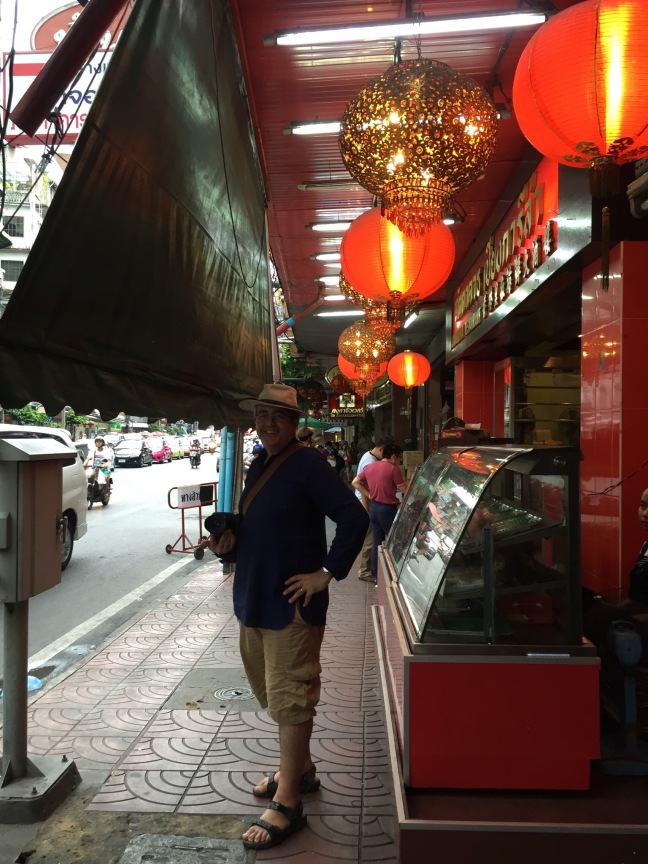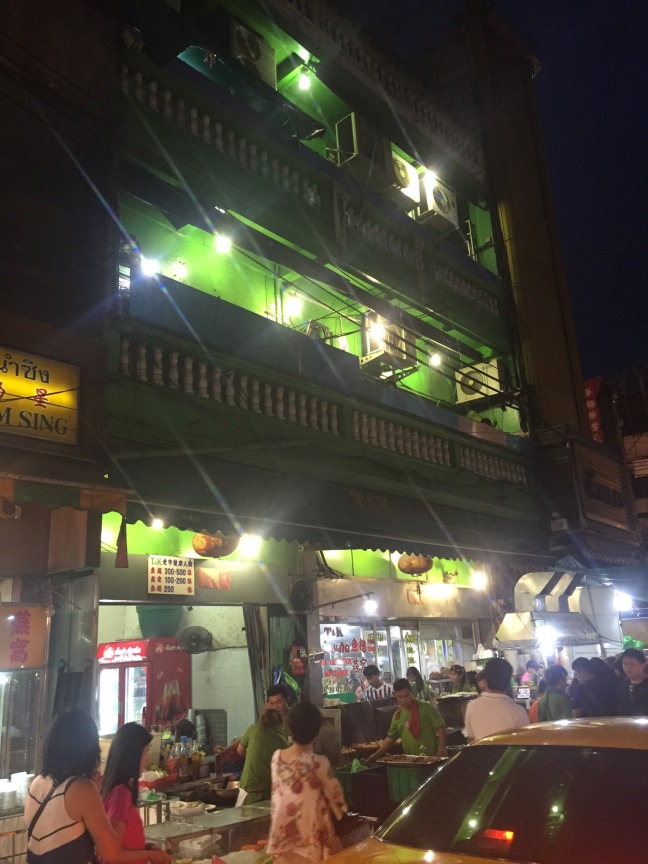Each year in the month of Shravan, thousands of pilgrims make an arduous trek up to the Amaranth cave. They go to worship the sacred ice ‘lingam’ – a phallic symbol of lord Shiva, which is a natural phenomenon.
Shravan Maas falls on the fifth month of the Hindu calendar, starting late July and ending by the third week of August. The star ‘Shravan’ rules the sky during Purnima (full moon day) or during an entire month, hence the month is known as Shravan Month or Maas (also known as Sawan month in North India). This month is considered to be the holiest month of the year as many religious festivals and ceremonies fall in this month such that almost every day in the month is considered prosperous. This month is dedicated to the worship of lord Shiva.
The Shravan Maas in 2016 begins from 20th July (Wednesday) and is observed as the ‘first day of Shravan Month’ and is followed with “Sawan Somwar Vrat” on every Monday i.e. on 25th July, 01st August, 08th August, 15th August and ends on 18th August. The pilgrims go to worship the ‘sacred’ice lingam – a phallic symbol of lord Shiva in a cave which is situated at a height of 3,888m in the Himalyas. During the entire Shravan Maas period, devotees offer prayers, flowers and Abhishekam to Lord Shiva to gain a long and prosperous life. They worship the ‘Shiv Lingam’ as they believe that they can only achieve salvation by witnessing it. Devotees make offerings on the Shiva Lingam that consist of Bel leaves, Panchamrut (milk, yoghurt, clarified butter, honey and jaggery). The general belief is that by offering milk to lord Shiva in the month of Shravan one can earn a lot of punya or merit.
The ice lingam was discovered by a Muslim shepherd- Buto Malik. According to popular belief, Buto Malik was given a sack of coal by a Sadhu (holy man) but when he opened the sack at home it was full of gold. Overjoyed he went back to thank the sadhu but found a cave on the spot where they met. Since then the cave has become an important pilgrimage centre. It is believed that lord Shiva recounted the secret of creation to Parvati in this cave. It was overheard by a pair of doves who became immortal. Pilgrims still report seeing these doves in the cave.
Many devotees fast on Mondays during this time and while fasting chant the Shiva Mantra “Om Namah Shivaya” (“adoration to Shiva”) and Mahamrityunjaya Mantra (“great death conquering mantra”). Some devotees even keep a Maun Vrat (vow of silence) for a whole day to connect themselves to lord Shiva. The fast is broken after sunset, although in some cases it continues till next day. Devotees offer their prayers to lord Shiva and then consume normal food.
Devotees believe that fasting on the Somvar (Monday) in Shravan Maas brings spiritual bliss, improved physical and mental health, increased willpower and memory, women who fast on Shravan Mondays (Somvars) get their perfect partner and it removes obstacles by expelling negativity.
Each day in the Shravan Month has its specific importance and rituals that have to be followed:
Monday: is the day to worship lord Shiva.
Tuesday: women worship Gauri for the better health of their family.
Wednesday: is dedicated to Vithala, an incarnation of lord Vishnu or Krishna.
Thursdays: are for worshipping Buddh and Guru.
Friday: for worshipping Lakshmi and Tulsi.
Saturdays: are for Saturn (Shani Dev). These days are also known as Shravan Saturdays or Sampat Sanivara (wealth Saturdays) as one can pray for obtaining wealth.
Sundays: are for the Sun god. Sun worship was common practice in the Vedic period and it is followed even now. Especially in Shravan, every Sunday the Sun is worshipped.
















